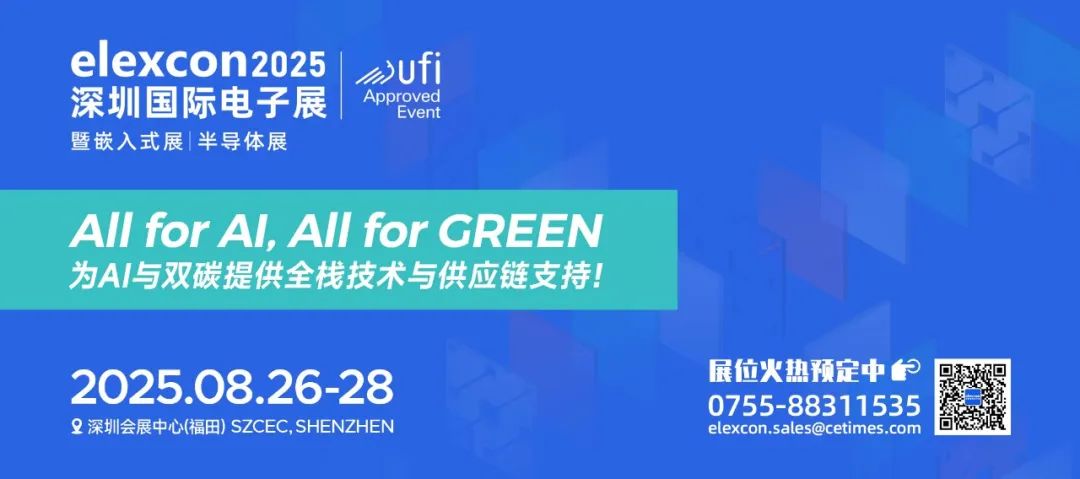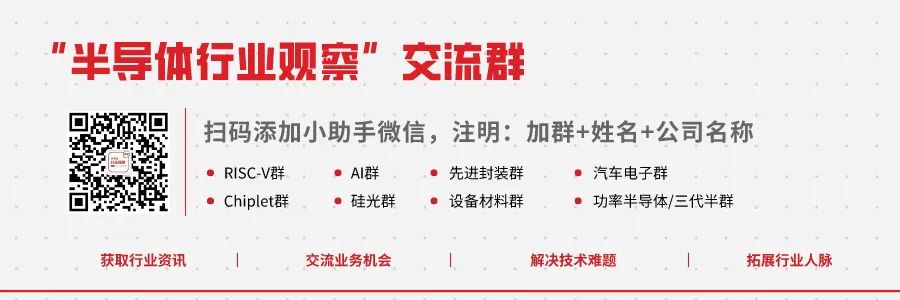
👆If you would like to meet often, feel free to star 🌟 and bookmark it!
Source: Content compiled from semiengineering, thank you.
The semiconductor industry is vast, and within some specialized product categories, surprises often lie hidden. It is well known that large chips like CPUs and GPUs are expensive, and memory chips are ubiquitous. However, many observers know little about the field of Power Management Integrated Circuits (PMIC).
The technology behind PMICs is impressive. A single chip may include DC-DC conversion, battery charging, voltage regulation, power selection, power sequencing, and a variety of miscellaneous functions. Many PMICs feature multiple instances of these functions, such as multiple DC-DC converters that need to provide various voltages (5V, 3.3V, 1.8V, etc.), which is a requirement for most modern electronic devices.
Both complexity and market growth are driven by two key trends in the electronics industry:
-
The Proliferation of IoT and Wearable Devices
As the number of connected devices continues to grow, the demand for efficient and compact power management solutions also increases. PMICs are crucial for ensuring reliable power delivery and extending the battery life of these devices.
-
Technological Advancements in Consumer Electronics
Consumer devices such as smartphones, tablets, and laptops require more powerful and energy-efficient components. PMICs are essential for managing the power of these devices, ensuring optimal performance and longer battery life.
These industry trends have led to several concurrent trends in the increasingly complex development of PMICs. One of these is the increase in integration and miniaturization. As electronic devices become more compact, the demand for smaller and more efficient power management solutions grows. Manufacturers are integrating multiple power management functions into a single chip to reduce overall footprint and enhance performance. This trend is particularly evident in smartphones, wearable devices, and IoT applications, where space is at a premium.
Advancements in semiconductor process technology are also driving the development of more efficient and powerful PMICs. The transition from traditional silicon-based processes to advanced materials like Gallium Nitride (GaN) and Silicon Carbide (SiC) has achieved higher efficiency and better thermal performance. These materials allow for higher switching frequencies, reducing the size of passive components and improving overall power density.
Energy harvesting is becoming increasingly important, especially in IoT and wearable applications. PMICs designed for harvesting can capture energy from environmental sources such as light, heat, and vibration, converting it into usable electrical power. This trend is driven by the demand for sustainable and self-powered devices aimed at reducing reliance on batteries and extending the lifespan of electronic systems.
Similarly, Wireless Power Transfer (WPT) is gaining popularity as a convenient and efficient method for charging electronic devices. PMICs are being developed to support various WPT technologies, including inductive, resonant, and capacitive coupling. This trend is propelled by the proliferation of wireless charging solutions for smartphones, wearable devices, and other portable gadgets, providing users with a seamless and wireless charging experience.
Finally, Artificial Intelligence (AI) and Machine Learning (ML) are being integrated into PMICs to optimize power management. These technologies enable adaptive power management, where PMICs can dynamically adjust power delivery based on real-time conditions and usage patterns. This can enhance energy efficiency and extend battery life. AI-driven PMICs are particularly important in complex systems such as data centers, automotive applications, and smart devices.
Designing PMICs that reflect all these trends and meet all market demands is a significant challenge. Electronic Design Automation (EDA) vendors must continuously innovate to ensure smooth interactions between multiple tools and work closely with foundries to develop optimized design and verification processes using accurate Process Development Kits (PDKs).
Accelerating PMIC design requires innovation in three main areas: efficiency, reliability, and time-to-market (TTM):
Improving Efficiency
Problem: Inefficient designs increase area, power, and temperature while reducing operating frequency and reliability.
Solution: High-performance, high-capacity simulation and design environments that can handle large designs while maintaining leading performance.
Enhancing Reliability
Problem: High voltage and current levels lead to device failures, overheating, and timing issues.
Solution: Comprehensive device aging, thermal, and timing analysis that supports simulation of large, complex designs.
Shortening TTM
Problem: Larger, more complex designs increase design time and schedules, delaying product launches.
Solution: Automatically highlight issues like EM, IR drop, and heating in a flow-driven environment.
Addressing these issues can make the design process more efficient, shorten TAT and TTM, and improve reliability. The primary concern for PMIC designers is accurately characterizing and optimizing the resistance of power device leakage source channels, known as Rdson.
Reference Link
END
👇Recommended Semiconductor Public Account👇
▲Click on the card above to follow
Focusing on more original content in the semiconductor field
▲Click on the card above to follow
Follow global semiconductor industry trends and directions
*Disclaimer: This article is original by the author. The content of the article represents the author’s personal views, and Semiconductor Industry Observation reprints it only to convey a different perspective, which does not represent Semiconductor Industry Observation’s endorsement or support of this view. If there are any objections, please contact Semiconductor Industry Observation.

Today is the 3959th issue shared by the “Semiconductor Industry Observation”, welcome to follow.
Recommended Reading
★EUV Lithography Machine Heavy Report, Released by the US
★Silicon Carbide “Rush”: Catching Up, Internal Competition, Replacement
★Chip Giants Want to “Eliminate” Engineers!
★Apple, Mastering Advanced Packaging
★GPU’s Historic Moment!
★Continental Group, Developing 7nm Chips
★Zhang Zhongmou’s Latest Interview: China Will Find a Counterattack Method
★The New “Savior” of EUV Lithography



“The First Vertical Media in Semiconductors”
Real-time, Professional, Original, In-depth
Public Account ID: icbank
If you like our content, please click “Looking” to share with friends!

